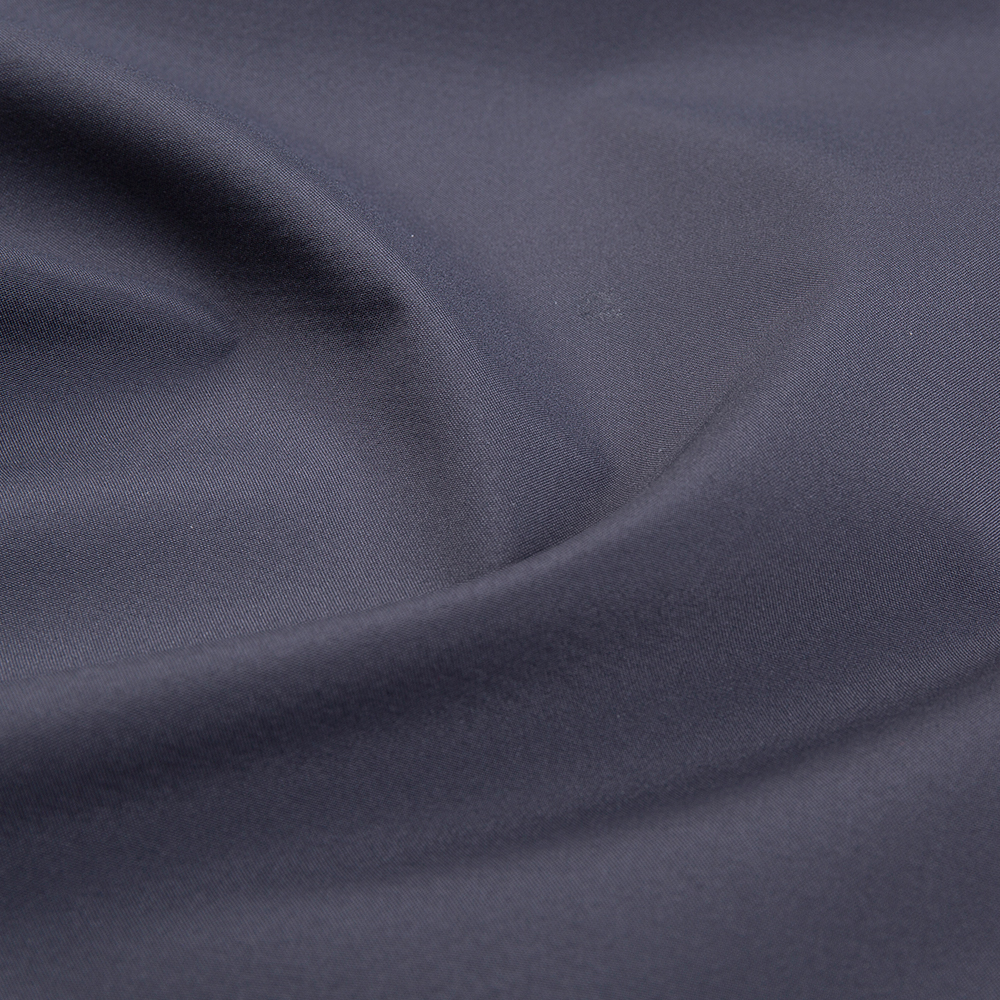Seam construction and taping play a crucial role in the performance of hardshell fabric, particularly in ensuring the garment’s waterproofness, durability, and overall comfort. Here's how these factors contribute to the fabric's effectiveness:
1. Waterproofness and Protection from the Elements
The primary function of seam construction and taping in hardshell fabrics is to prevent water from seeping through the seams, which are the most vulnerable areas of a garment. While the fabric itself might be waterproof, the stitching used to assemble the garment can create tiny holes through which water can enter.
Seam Taping: Seam taping involves applying a waterproof tape over the stitching on the inside of the garment. This prevents moisture from penetrating the fabric at the seam level, ensuring that the garment remains waterproof even in heavy rain or snow. Taped seams are often a hallmark of high-quality hardshell garments designed for harsh weather conditions.
Fully Taped Seams: In the best-quality hardshell garments, all seams are taped to provide full protection. This is especially important for outdoor gear like jackets and pants, which may be exposed to constant moisture in extreme conditions.
2. Durability and Strength
Seam construction and taping also influence the garment’s durability. Properly constructed seams prevent fabric from fraying or tearing under stress, while tape applied to seams helps reinforce areas that are likely to experience high tension, such as shoulder seams or elbows.
Reinforced Seams: The stitching itself, when done correctly, can improve the overall structural integrity of the garment. Reinforced seams are especially important in areas that are subject to abrasion, such as along the arms or sides.
Durability of Taping: The type of tape used for seam sealing also matters. High-quality tapes are resistant to wear and tear, and will continue to perform in extreme conditions, helping to maintain the garment’s protective qualities over time.
3. Breathability
In addition to waterproofing, hardshell fabrics need to be breathable to allow moisture and heat to escape from the body, preventing the wearer from becoming too hot or sweaty. The way seams are constructed and taped can impact breathability:
Minimizing Seal Overlaps: While seam taping is critical for waterproofing, the application of tape should be done in a way that doesn't overly restrict airflow. High-performance hardshell fabrics use lightweight, breathable tapes and ensure that the tape is applied cleanly and without excess, to maintain the fabric's ability to allow moisture vapor to escape.
Strategic Taping: Some garments may feature strategically placed taped seams in less critical areas to balance waterproofing with breathability. For instance, some high-performance jackets feature venting systems that work in combination with taped seams to optimize air circulation.

4. Flexibility and Comfort
Seam construction also affects the flexibility and overall comfort of the garment. Seams that are placed in strategic areas or designed with a specific pattern can enhance the garment’s fit and movement, ensuring that the fabric moves with the body.
Ergonomic Seams: Properly designed seams (such as those placed along the natural lines of the body) improve mobility and comfort, especially in active outdoor pursuits like hiking or climbing. Seam taping should not interfere with the garment’s flexibility, so manufacturers often use lightweight, stretchable tape that maintains the fabric's stretchability.
Reducing Bulk: Well-executed seam taping minimizes the bulk around the seams, which contributes to a smoother, more streamlined appearance and a more comfortable fit.
5. Aesthetic Considerations
Seam construction and taping also have an aesthetic impact. Well-executed seams, especially those that are neatly taped, contribute to the overall sleek and professional look of the garment. Visible taped seams can even serve as a design feature, enhancing the garment’s modern and technical appearance.
6. Maintenance and Longevity
Proper seam construction and taping help preserve the garment's functionality over time. If seams are poorly constructed or tape begins to peel or degrade, the garment can lose its waterproof and windproof properties, leading to diminished performance. High-quality hardshell fabrics are often designed with durable seam finishes that can withstand the rigors of washing and prolonged use, maintaining their integrity.











